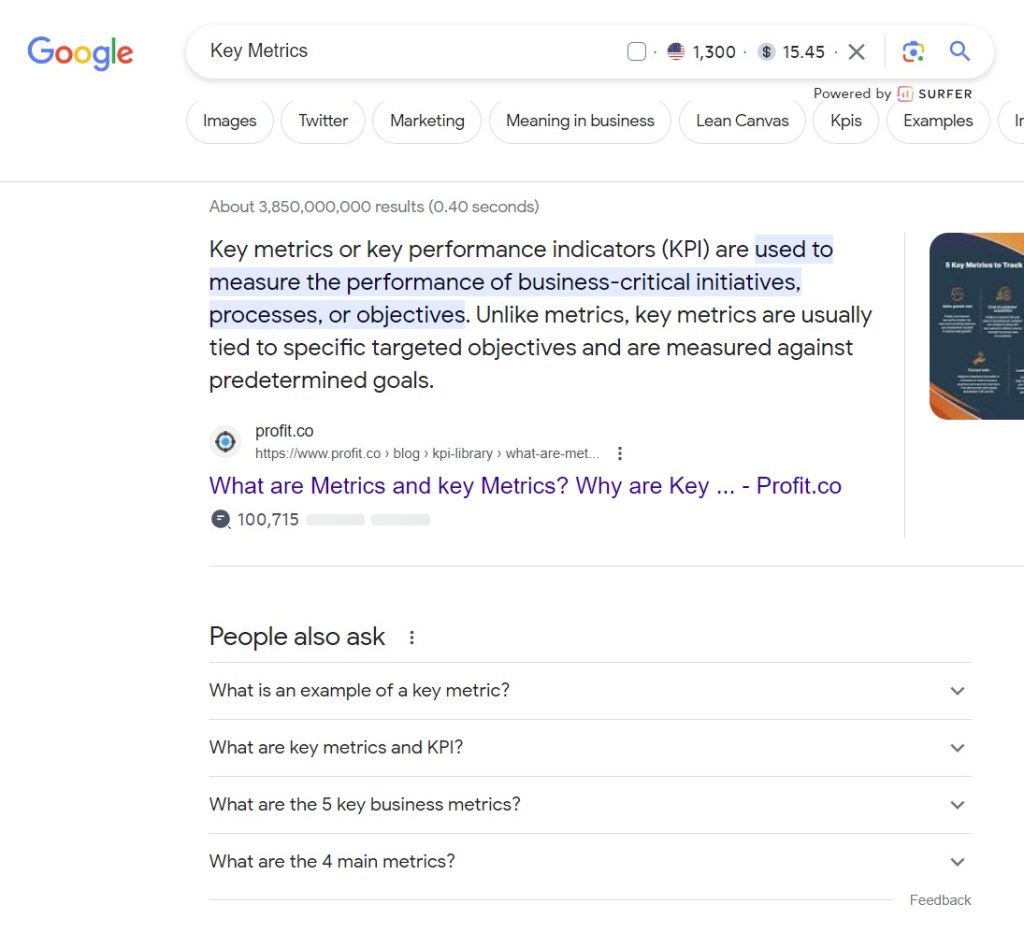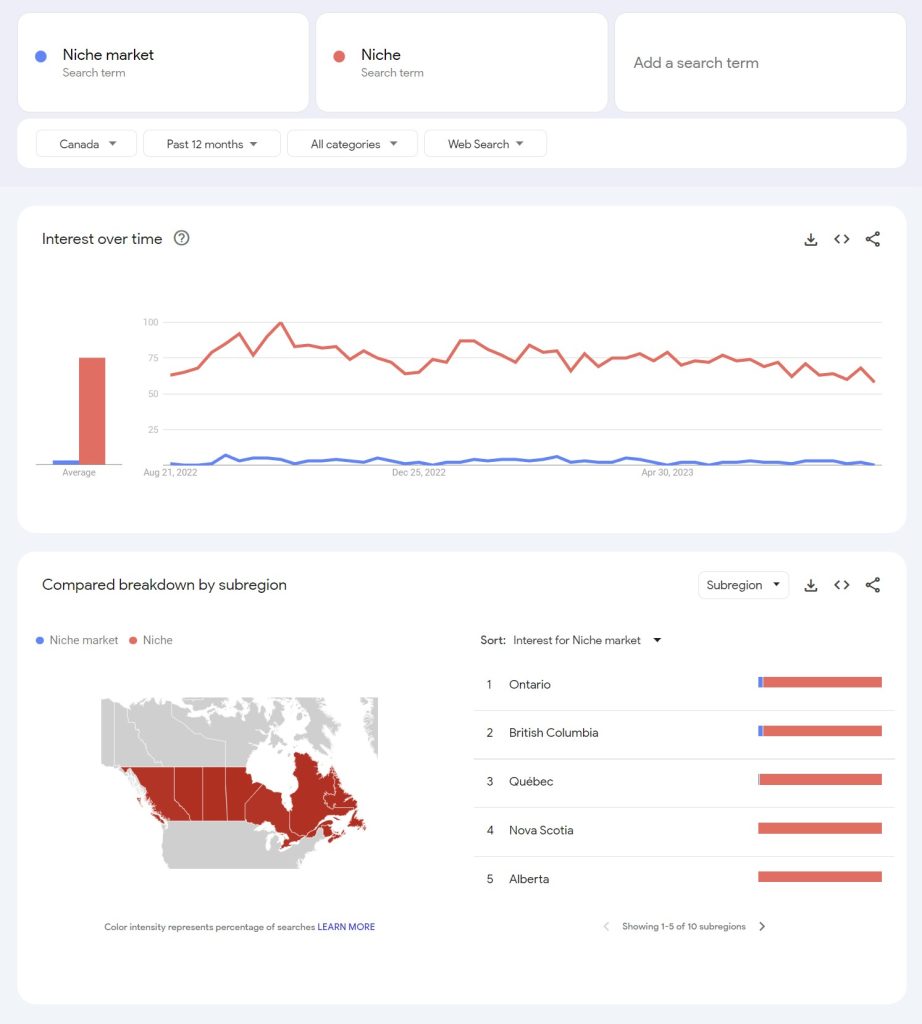- mrpugo
- 0 Comments
- 3466 Views
How to to Find Niche Markets Demand, Embarking on the entrepreneurial voyage demands answering a pivotal question: Is there a demand for what you’re offering? This question grows even more significant when you’re setting sail in niche markets, where your audience is finely tuned and unique. Assessing niche demand involves a meticulous examination of vital metrics and cues that can shed light on the viability and potential of your chosen niche. In this article, we’re taking a stroll through the essential steps of evaluating niche demand effectively. These insights will empower you to make informed choices that can steer your business toward triumph.

Unlock the secrets of uncovering niche market demand with our comprehensive guide. Learn how to identify key metrics and indicators to assess the viability of your niche market idea. Make informed decisions and propel your business forward.
Understanding Niche Demand
Niche demand refers to the level of interest, need, or desire for products, services, or content within a specific, well-defined market segment. Unlike broader markets, where demand might be more apparent, niche demand requires a deeper dive into specific metrics to gauge its strength and sustainability. Evaluating niche demand involves both quantitative and qualitative assessments to provide a comprehensive understanding of your potential audience.
Key Metrics for Evaluating Niche Demand

- Search Volume and Keyword Trends: Keyword research tools can help you uncover the search volume for relevant keywords in your niche. Higher search volumes indicate greater interest, but keep in mind that overly saturated keywords might have intense competition.
- Audience Engagement: Monitor engagement metrics on social media platforms, forums, and online communities related to your niche. High levels of engagement, such as likes, shares, comments, and discussions, suggest an active and passionate audience.
- Competitor Analysis: Study your competitors within the niche. Analyze their market presence, customer reviews, and social media interactions. A healthy competition signifies demand, while a lack of competitors might indicate uncharted territory.
- Trend Analysis: Is the niche a passing trend or a long-term interest? Research historical data and projections to determine whether the demand is stable or likely to decline in the future.
- Product/Content Availability: Evaluate the variety and quality of existing products or content in the niche. A gap in available offerings could indicate an opportunity to fulfill unmet needs.

Qualitative Indicators of Niche Demand
- Passionate Community: A niche with an enthusiastic and engaged community demonstrates a strong demand. Look for communities that actively share knowledge, discuss topics, and seek recommendations.
- Problem-Solution Fit: Does your niche address a specific problem or pain point? The stronger the alignment between your offering and a prevalent issue, the higher the demand is likely to be.
- Uniqueness and Differentiation: If your product or content offers a unique angle, approach, or solution within the niche, it can attract a dedicated audience seeking something distinct.
The Niche Validation Process
Evaluating niche demand is an ongoing process that involves validation and refinement. Consider the following steps to validate your findings:
- Pilot Testing: Launch a small-scale version of your product, service, or content to gauge audience response and gather feedback.
- Surveys and Feedback: Conduct surveys or polls within relevant communities to gather insights directly from potential customers.
- Conversion Rates: If you have an existing online presence, track the conversion rates for niche-related content or offerings.
How to Measure the Impact and Value of Filling a Market Gap in Your Niche
Introducing a product, service, or solution to address a market gap within your niche can be a strategic move that opens new doors for your business. However, it’s essential to quantify the impact and value of filling that gap to ensure you’re making informed decisions and maximizing your efforts. Here’s how you can measure the impact and value of filling a market gap in your niche:
1. Define Key Metrics
Start by identifying the specific metrics that will help you assess the impact. These could include:
- Sales and Revenue: Are you generating new sales as a result of addressing the gap?
- Customer Acquisition: Are you attracting new customers who were previously underserved?
- Market Share: Are you gaining a larger portion of the market by addressing the gap?
- Customer Satisfaction: Are your customers expressing higher satisfaction levels due to the solution you’ve provided?
- Repeat Business: Are customers returning for repeat purchases or engagements because of the gap-filling solution?
2. Conduct Before-and-After Analysis
Compare the performance of your business before and after introducing the gap-filling solution. Look at metrics such as revenue, customer acquisition rates, website traffic, and conversion rates. This analysis will help you determine the direct impact of your solution on your business’s performance.
3. Customer Feedback and Testimonials
Gather feedback from your customers who have benefited from the gap-filling solution. Positive testimonials, reviews, and endorsements can serve as tangible evidence of the value you’ve brought to your niche.
4. Competitive Analysis
Assess the reactions of your competitors to your gap-filling solution. Are they scrambling to catch up or replicate your offering? This can indicate that you’ve introduced something of significant value to the market.
5. Market Expansion
Has your gap-filling solution led to an expansion of your target market? If you’re reaching new demographics or customer segments that were previously untapped, it’s a sign that your solution is creating value.
6. Long-Term Impact
Consider the long-term effects of filling the market gap. Is the demand sustainable, or is it a short-lived trend? Long-term success indicates enduring value.
7. Return on Investment (ROI)
Calculate the ROI of introducing the gap-filling solution. Compare the costs incurred with the gains achieved, including increased revenue, reduced operational inefficiencies, and improved customer loyalty.
8. Surveys and Market Research
Conduct surveys or market research to gather insights from your target audience. Ask them directly about the impact of your solution on their needs and pain points. This qualitative data can provide valuable context to quantitative metrics.
9. Thought Leadership and Authority
Assess whether your gap-filling solution has elevated your brand’s thought leadership and authority within the niche. Are you being recognized as an innovator and problem solver?
10. Case Studies
Develop case studies that showcase how your gap-filling solution has positively impacted your customers. Highlight specific examples of challenges solved, benefits gained, and improvements observed.
By systematically evaluating these factors, you can comprehensively measure the impact and value of filling a market gap in your niche. This insight will guide your future strategies, investments, and business decisions, ensuring that you continue to provide meaningful solutions to your target audience.
Let’s Wrap up
In the intricate tapestry of niche markets, evaluating demand is the compass that guides your journey. By delving into key metrics, analyzing qualitative indicators, and engaging in a validation process, you can confidently assess the potential of your chosen niche. Remember, understanding niche demand isn’t a one-time endeavor but an ongoing exploration that informs your strategies and decisions. With the right insights, you can navigate the path to success in your niche market and build a thriving presence that resonates deeply with your specialized audience.
Learn more on finding niche markets:
- Finding Profitable Micro-Niche Ideas: Examples and Tips
- Long-Tail Keywords Explained: Harnessing Their Power for Success
- How to Validate a Niche Idea: A Step-by-Step Guide
- The Ultimate Guide to Find Profitable Niches
Find amazing niche opportunities 10x faster! 🌟
Tired of sifting through endless data to find the perfect niche? Look no further! NicheJar has the magic key to unlock in-depth insights and uncover profitable niches in a flash. ⏱️ Say goodbye to days of endless searching and welcome a faster time to revenue!





